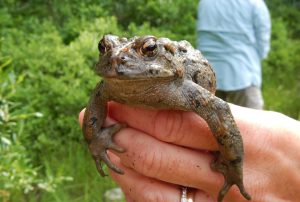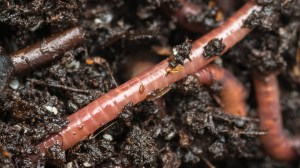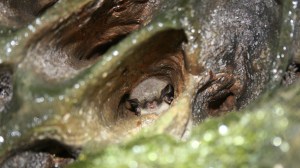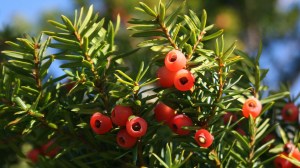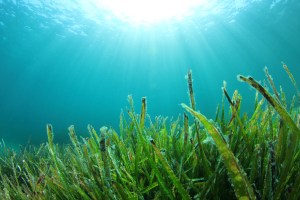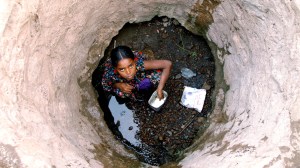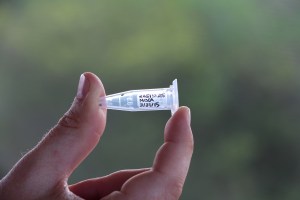Discover stories in Disease & Parasites
The Mystery of the Dying Boreal Toads
Boreal toads are disappearing in some areas, thriving in others, despite the same disease presence.
Could Red Wiggler Worms Eliminate Stinky Campground Toilets?
The least fun part of summer camping? Smelly toilets. But a scent-free future may lie with a humble worm.
Urban Leopards Can Save Lives By Eating Feral Dogs
Having a leopard as a neighbor has risks, but it may also reduce rabies risk.
Threatened Bats Find a Slice of Paradise in New Jersey
Protected forests, like the one at High Mountain Preserve and others yet to be found, give bats that were devastated by white-nose syndrome room to reproduce and recover.
The Quest to Restore American Elms: Nearing the Finish Line
The quest to restore the American elm has been underway for more than 50 years. Now success is closer than ever.
Poisoning Vultures Will Come Back to Bite Us
Killing off the world’s vultures can come back to bite people — literally — in the form of rabid dogs.
Is Your Landscaping Killing Wildlife?
A common landscaping shrub is dropping large mammals dead in their tracks. Here’s what you need to know.
New Science Shows Seagrass Meadows Suppress Pathogens
After a bout of illness in Indonesia, scientists discover that seagrass meadows have bacteria-fighting superpowers that benefit people, fish and invertebrates.
Recovery: Saving Loons from Lead Fishing Tackle
Loons face many hazards. Here’s one we can easily address: lead fishing tackle.
Saving Bats: Finding Solutions for White-Nose Syndrome
It’s not enough to document the effects of white-nose syndrome. A new effort is testing methods to stop the spread of this deadly bat disease.
10 Unexpected Impacts of Climate Change
Climate change will affect your health, your sports, even what you drink. A look at some of the more unexpected impacts.
Migratory Songbirds Transport New Ticks & Pathogens Across the Gulf
New research reveals that neotropical songbirds are transporting an estimated 19 million ticks and tick-borne pathogens to the United States each year.
